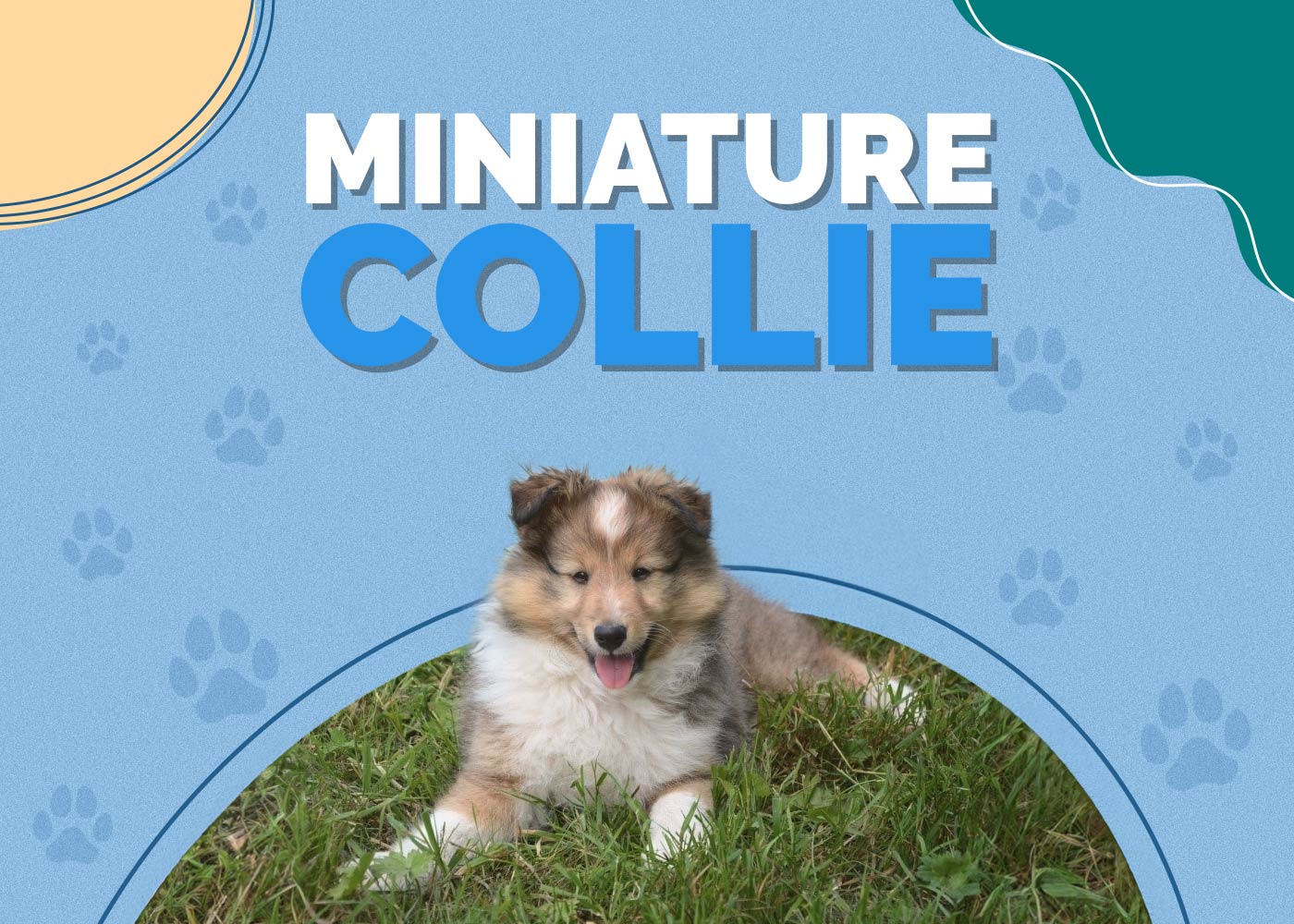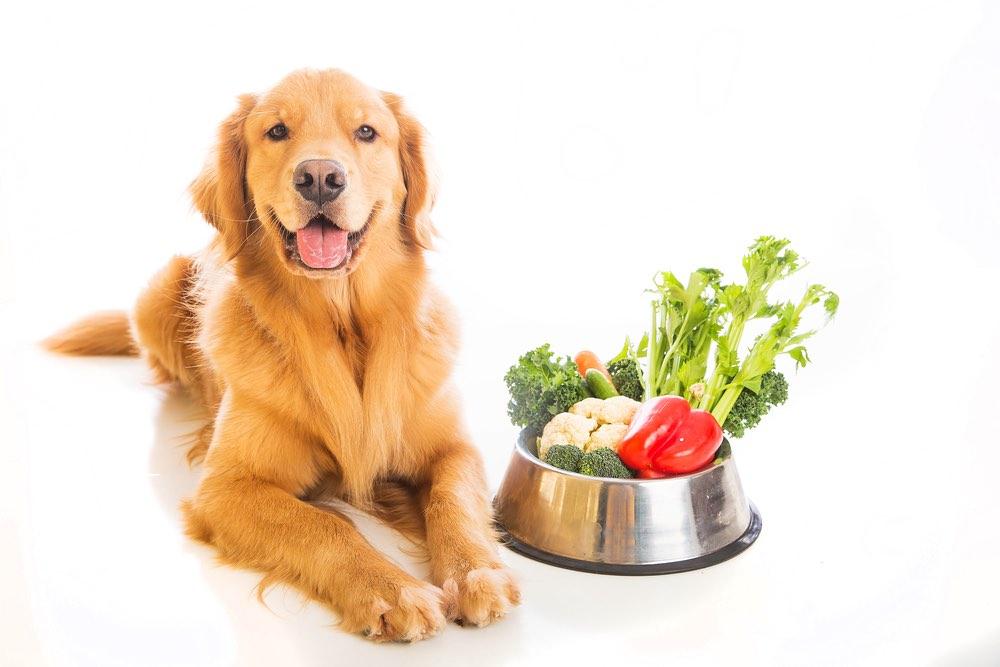How to Train a Rottweiler to Be a Guard Dog: 6 Vet Approved Tips

Updated on
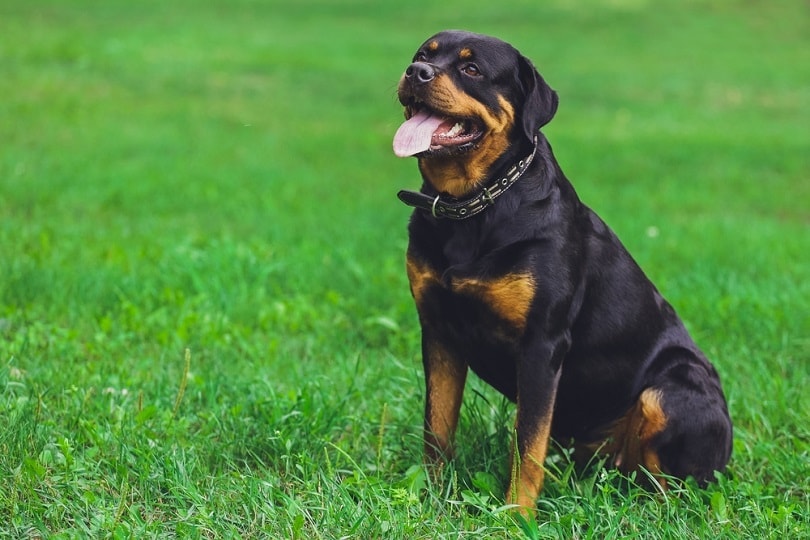
Click to Skip Ahead
Rottweilers are loving, loyal, and confident companions. They’re a muscular, solid-built breed that is known to be fearless and intelligent. Considered an ancient dog breed, they’re strong and hardworking dogs that also make for great companions. But Rottweilers are also known to be great guard dogs. Before becoming police and military guard dogs, they were often seen herding animals and pulling sleighs in the 19th century.
Rottweilers are playful and affectionate with their families but can also be very protective towards strangers. How exactly do you train a Rottweiler to be a guard dog? We’ll go over tips and tricks that you can use.
In this article, we use the term “guard dog” interchangeably with “protection dog,” as many non-professional dog owners use that term. However, it is important to note that certified guard dogs need to go through specialized training, as they are considered working dogs.
The 6 Steps for Training a Rottweiler to Be a Guard Dog
It’s important to be patient when introducing your Rottweiler to obedience commands. Some dogs will learn faster than others and older dogs that have never been trained may take more time to reign in.
1. Teach Your Rottweiler Basic Obedience
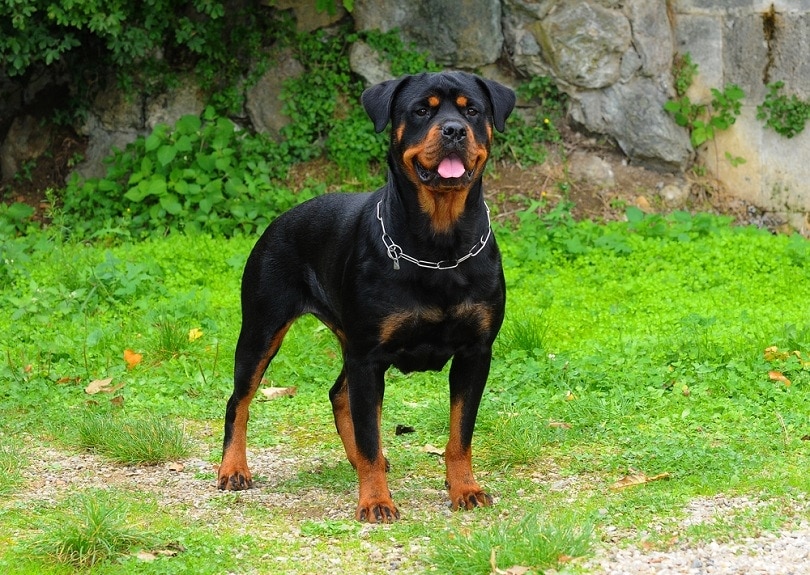
It is crucial to remember when training a Rottweiler that you must have complete control over your dog and that it must learn to respond to commands from its “master”–which is you. Obedience is one of the most important aspects in the initial phases of the training. Because if the Rottweiler doesn’t obey your commands, it won’t be trainable toward other aspects of providing protection.
Be sure to include basic commands in your obedience training.
- Stay: Instructs the dog to stay put when you leave.
- Sit: Instructs the dog to sit
- Come: Instructs the dog to come to you.
- Speak: Instructs the dog to make an audible sound, usually a bark.
- No: Teaches the dog that it’s done something wrong or disobedient.
- Leave it: Instructs the dog to walk away from objects (such as broken glass or dead birds)
- Down: Instructs the dog to lay down (usually on its stomach).
- Heel: Instructs the dog to stay by your side.
- Quiet: Instructs the dog to stop barking or growling.
- Guard: Instructs the dog to guard a person, place, or object.
2. Familiarize the Dog with All Family Members and Pets
Dogs that are raised with their family members will be less likely to bite them. To prevent territorial behavior (and a home full of chaos) during the training process, it’s best that Rottweilers be raised alongside other pets that you have in your home. Rottweilers that are already trained or have just turned 12-18 months old will need to be taught to live with other pets.
3. Teach Your Dog to Recognize Your Home’s Boundaries

Dogs that are trained to guard a property must be familiar with where they should and shouldn’t go. This is an important step in training guard dogs to understand perimeters and exactly how to guard them. For example, if your dog is running off the sidewalk onto the street while you take it for a walk, it’s likely that the rottweiler needs additional training to learn to stay on the sidewalk.
4. Train the Dog to Be Indifferent to Loud Noises/Big Gestures
Another aspect of training your Rottweiler to be a guard dog is to train it to not respond negatively when exposed to loud noises and overpowering gestures. To achieve this, you simply need to expose the dog to the conditions.
You’ll first need to create a situation where your dog is focused on something. Next, make a loud noise, such as closing a dumpster lid roughly or slamming the door shut. Timing is important as you don’t want to completely scare the dog, you just want it to take notice.
Next, follow the loud noise immediately with something good. Over time, this will desensitize the dog to huge gestures and noises, and the follow-up of something “good” will let the dog know that these situations aren’t entirely negative. This will teach your guard dog that it doesn’t need to run for cover if they hear a loud thump in the middle of the night.
5. Teach the Rottweiler to Bark When Someone Approaches Your Property

A good guard will bark at anyone who approaches its house. It’s an instinct that can be trained, though it will take some persistence. But you simply need to practice having someone else disguised as an intruder coming onto the property. Reward the dog once it starts barking by giving it a treat or verbal praise.
6. Teach the Rottweiler to Be Kind and Considerate Towards Other Animals
This training step can often be overlooked or misunderstood but it’s pretty essential to include it in your dog’s training. Even the fiercest guard dogs must be taught to be indifferent to wild and other domestic animals.
After all, you don’t want your dog attacking every other animal that it meets. To do this, simply take your dog to places where it can contact other dogs and animals. If your dog gets too aggressive, be sure to reign it in with the right command and reward it accordingly.
Other Breeds That Make Awesome Guard Dogs
Rottweilers aren’t the only breed that makes for great guard dogs. Here are a few other breeds to consider.
German Shepherd
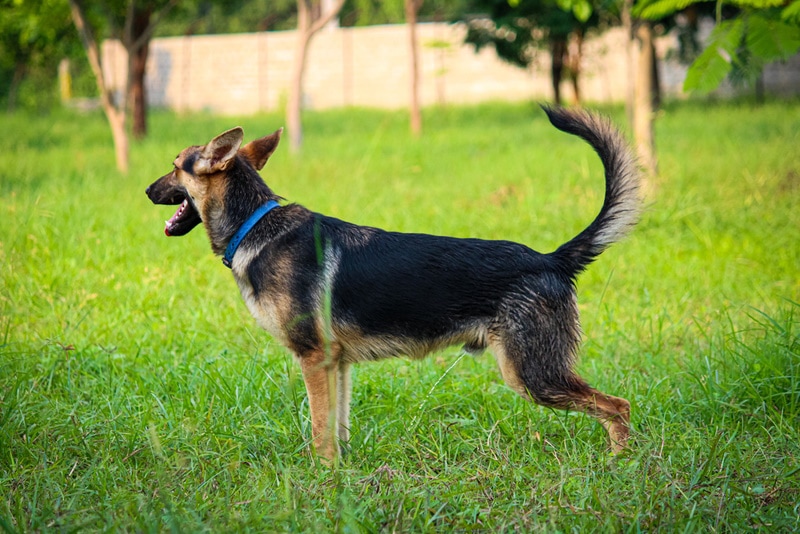
Because they are easy to train and extremely attentive, the German Shepherd is one of the most popular choices for guard dogs. They are described as being brave, loyal, smart, and confident. This breed has been used extensively by police force units and the military.
German Shepherds were originally used for protecting livestock herds and have moved from protecting livestock to other areas due to the development of modern herding methods. They make for calm loyal guard dogs, with a discerning demeanor.
Doberman Pinscher
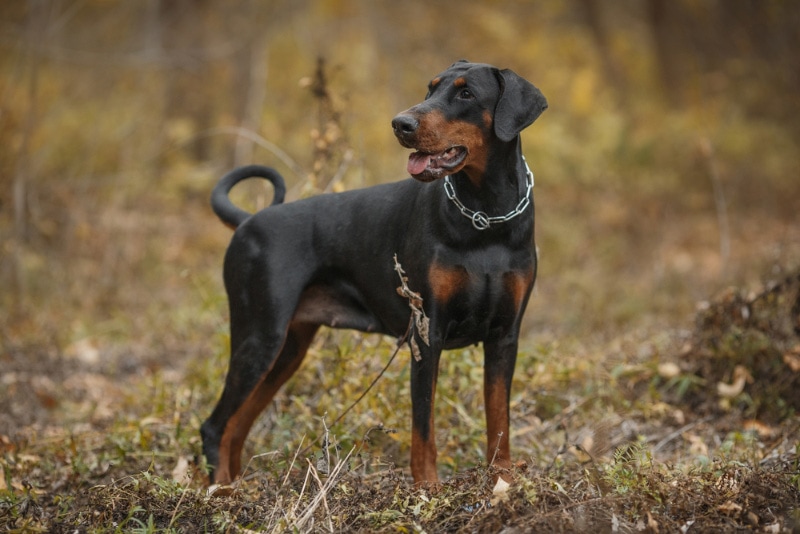
Doberman Pinschers are powerful, sleek, and agile dogs. Their main characteristics include being loyal, fearless, very strong, and agile. They typically weigh in at between 75 and 100 pounds and stand at about 28 inches high.
Pinschers, despite their large size and build, are graceful and agile in their stride and other movements. They’re a popular guard breed due to their impressive intelligence and protective instincts.
Dobermans were originally developed in various parts of Germany to serve as tax collectors’ personal “protection” dogs. They are often seen as intimidating and aggressive, despite being trustworthy and dependable dogs.
Great Dane
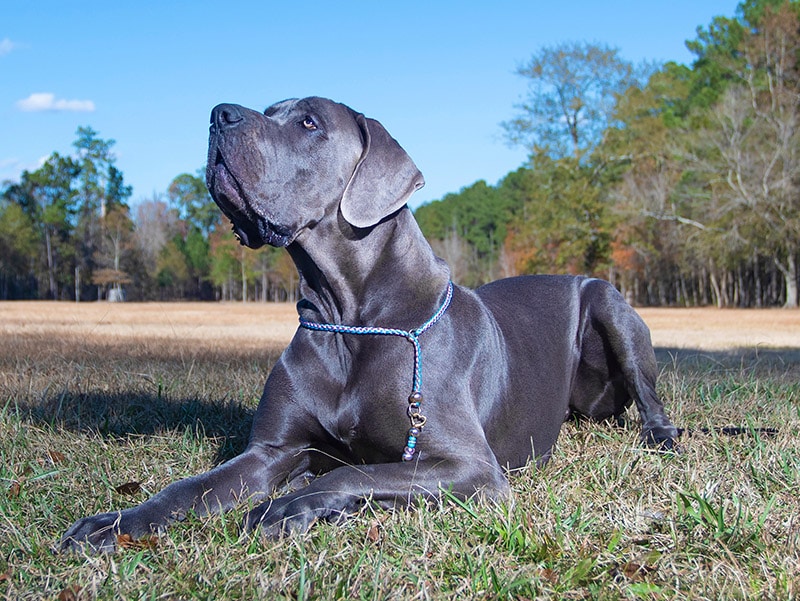
Great Danes are a popular guard breed due to their impressive size and weight. They’re taller than most dogs, with males standing at 30-32 inches and females standing at 28-30 inches at the shoulders. These dogs stand taller than many humans when they’re standing on their hind legs.
Because these dogs are friendly, playful, and super-reliable, the Great Dane ranks high on the best guard dog breed list. These dogs combine strength and power with agility and elegance. They’re attentive and alert home guardians.
Akita
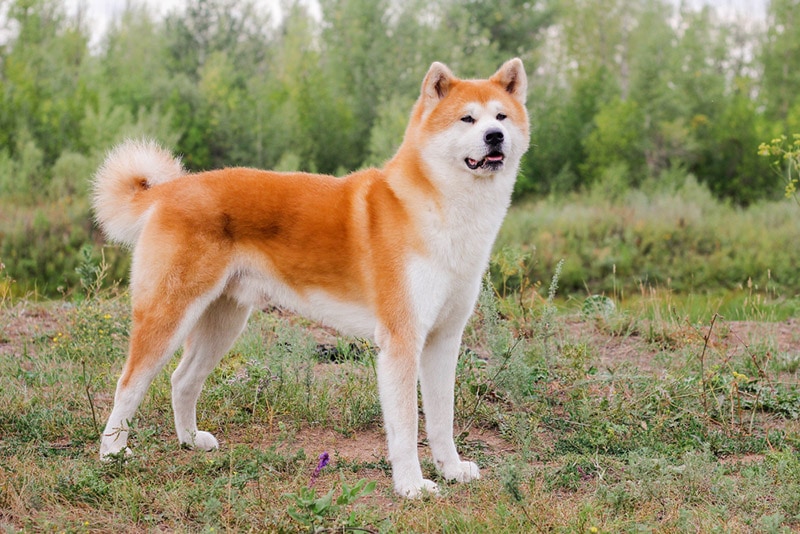
The Akita is a guard dog that originated in Japan’s high northern mountains. Akitas can be 70-130 pounds and have a thick double coat–which is why they resemble small black bears. Akitas are gentle and loving towards their family but can be a bit wary of strangers. They make for a pretty strong guard dog due to their large stature and natural bulky build.
Bullmastiff
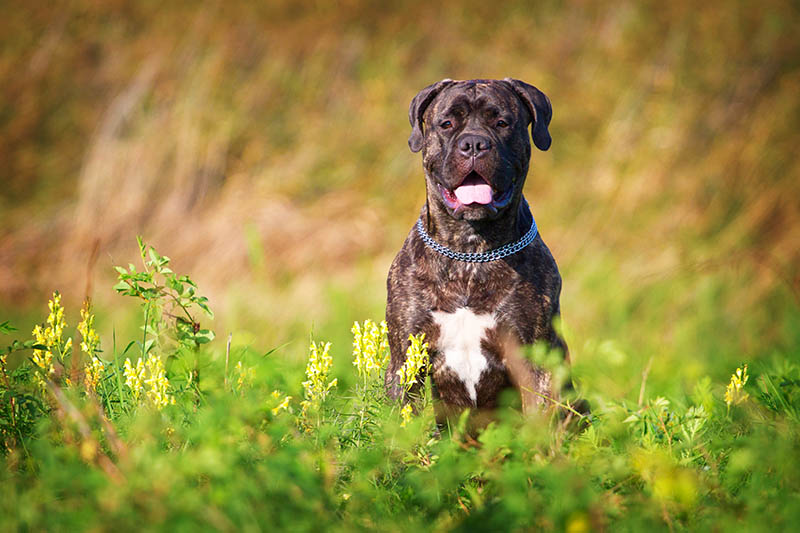
The original purpose of the Bullmastiff’s breeding was to protect poachers in the game lands owned by aristocrats in England. These dogs are great for guardianship because they are large, agile, and very fast.
Bullmastiffs grow into very powerful dogs, weighing an average of 115-130 lbs on average. Despite their size and appearance, mastiffs are intelligent, alert, and sensitive. They also make excellent family pets due to their drive to protect their owners and territory.
Chow Chow
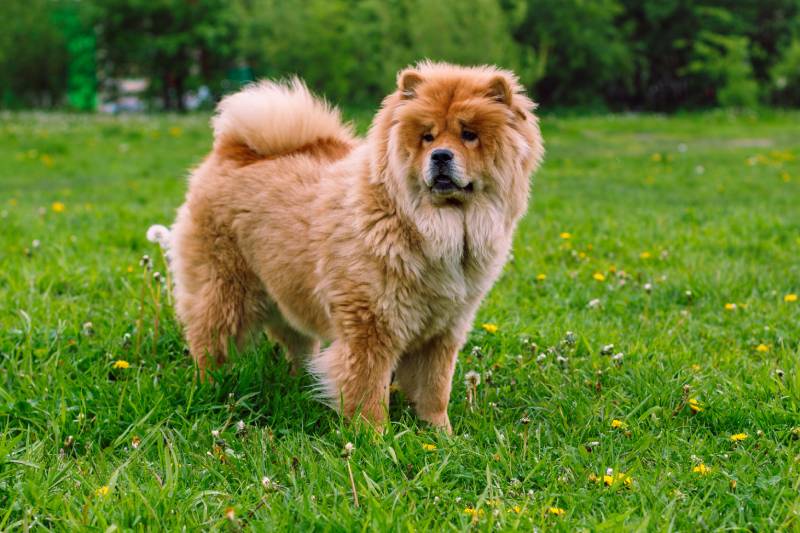
The Chow Chow is an ancient Chinese breed and was originally kept to be companions for the ancient Chinese rulers. They are known to be great hunters, guardians, and haulers. These dogs have a large, muscular mane and thick bodies.
Chow Chows are smaller in stature and weigh between 45 and 70 pounds on average. This breed can be a bit distant to strangers, but they’re fearless and very loyal guards. Also, Chow Chows are easy pets to keep as they are easy to train and are great with children.
Wrapping Things Up
Training your Rottweiler to be a guard dog requires a lot of patience and it’s important to remain consistent with your reward techniques. The best way to initiate training is to start slow with easy commands and then introduce the dog to more aggressive responses.
And remember, the first thing to teach your Rottweiler is obedience. Without good discipline, rottweilers can become quite dangerous and won’t make for great guard dogs.
Featured Image Credit: BidaOleksandr, Shutterstock




